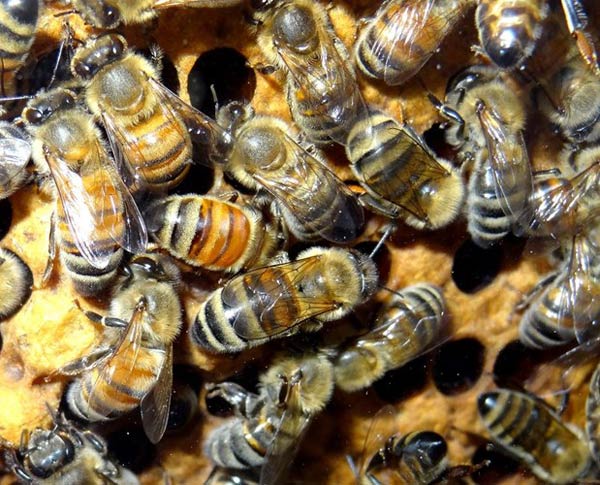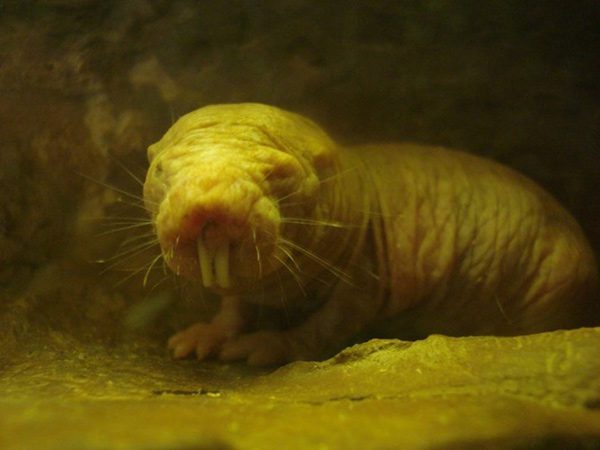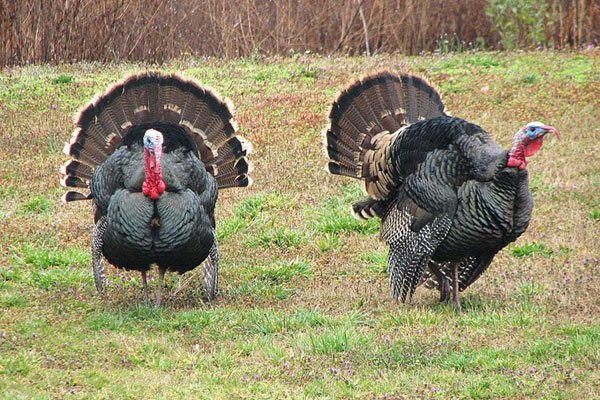“Siblings are like fingers on a hand,” this saying is also entirely appropriate to describe the sibling bonds among many animal species in the natural world.
Sibling Bonds in the Animal Kingdom
1. Honey Bees

Worker bees in a hive share a very close bond. The older bees diligently care for their younger siblings by providing food and royal jelly. They often flap their wings all day to keep the hive cool. As the young bees prepare to mature, the older ones coat them in wax to ensure they can live peacefully until they are capable of surviving on their own.
2. Shrews

Sibling shrews often come together to protect one another. When they sense danger from their surroundings, they will all grasp each other’s tails with their teeth, forming a large protective group. This unique survival tactic is typically observed in shrews around 16 days old, with the largest groups numbering around seven individuals.
3. Cascades Frog (Rana cascadae)

The Cascades Frog (Rana cascadae) is a species of frog in the Ranidae family. This species has the ability to recognize and remember its siblings even during the tadpole stage. While most frog species can only recognize their relatives when they are young, Rana cascadae tadpoles remember their siblings even into adulthood, caring for each other closely.
4. East African Moles

This species can have hundreds of siblings, all from the same mother, but that does not mean they do not care for one another. They are one of the few mammal species with a strong sense of sibling solidarity, often living in large groups where older siblings guard the burrow and protect the younger ones from predators.
5. Turkeys

Turkeys, also known as Meleagris, are one of the two large bird species in this genus. Typically, male birds separate from the flock as they mature, but turkeys exhibit a strong sense of sibling unity. They assist each other in hunting and can even help other males win the affections of a female they wish to mate with.
6. Asian Small-Clawed Otters

Family groups of Asian small-clawed otters typically consist of around 15 individuals, with older members taking on the responsibility of helping to raise the young. As long as the parent otters are alive, sibling otters usually never live separately.
7. Great Horned Owls

A bird species in the owl family. In the animal kingdom, the close bond among siblings in the great horned owl family is quite astonishing. They play and practice hunting skills together, with one acting as a predator and the others as prey.




















































